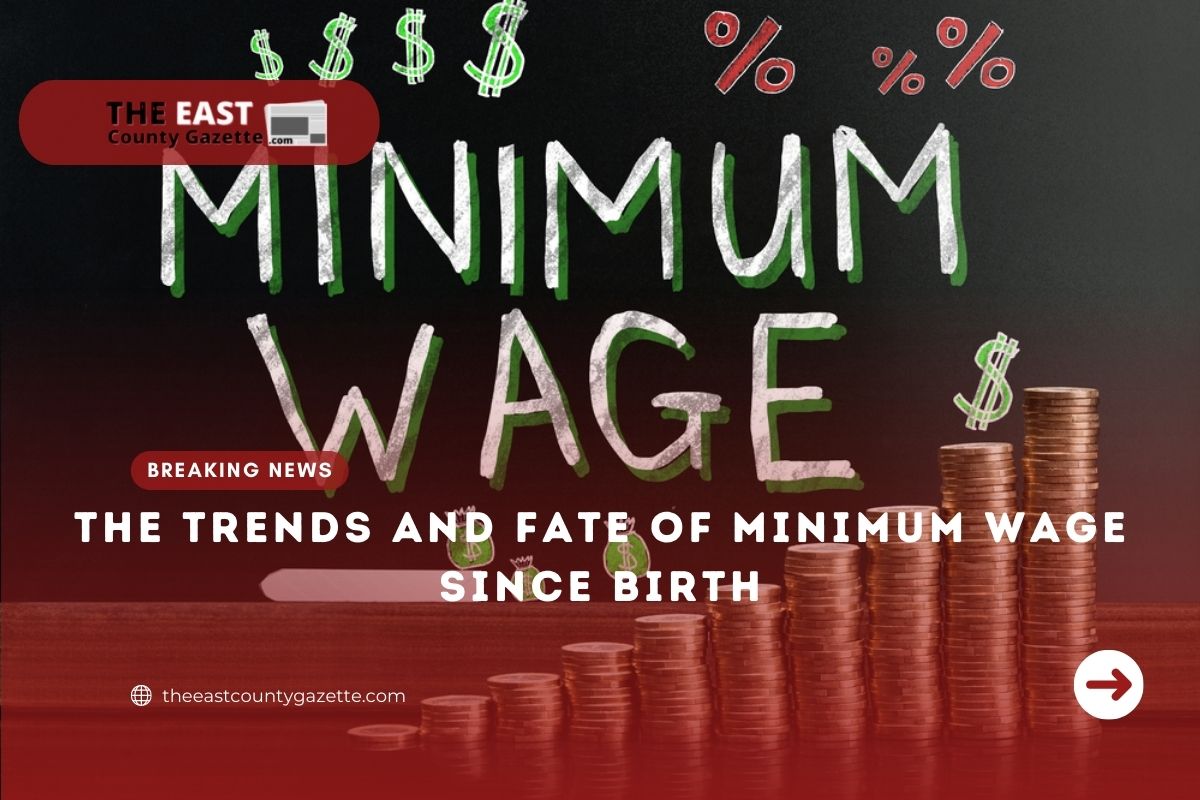America still has a long way to go when it comes to compensating its workers, even though the minimum wage is no longer as low as it was. From 2009, the federal minimum wage stood at $7.25, MSN noted.
The federal government has not made any recent changes, but things appear to be moving in the right direction.
As of July 2019, the House passed a bill to increase the minimum wage to $15 per hour by 2025, an increase in income that could benefit upwards of 17 million to 27 million minimum wage workers, Bloomberg reported.
As Democrats try to raise the minimum wage, the topic has remained a hot one.
Meanwhile, several states and local governments have raised their own minimum wages. Recently, USA Today reported that Illinois, Nevada, and Oregon all raised their minimum wages.
The minimum wage in Illinois increased to $10 from $9.25; in Nevada, it increased from $7.25 to $8 for workers with health insurance, and from $8.25 to $9 for those without, and in Oregon, it increased from $11.25 to $12.
A minimum wage increase was also announced by 18 municipalities and three counties.
Although the increase in the minimum wage seems promising, inflation and rising living costs may prevent that amount from being enough in the future.
You can see how the minimum wage has changed dramatically throughout the years.

